Ann's Blog
Toronto, Canada, and Modena, Italy:
October 19, 2012:
Getting to know the king of cheese
When we’re on Receta, I liberally jury-rig “back home” recipes with local ingredients. But there’s one imported item I always have in the boat fridge, and never substitute: real Parmigiano Reggiano cheese. I start to get nervous when my chunk shrinks to sand-dollar size. No surprise, then, that one of my must-sees during our September trip to Italy was a caseificio (dairy) where the king of cheese is made. Emanuela Grotti, the charming host at Podere Prasiano, the agriturismo near Modena where we stayed for a few days, hooked us up with a small cooperative dairy that has been making Parmigiano Reggiano since 1964.
The trip to Caseificio Santa Rita, a half-hour’s drive from the agriturismo (if you don’t count our missed turn), meant skipping breakfast, a decision not made lightly: Emanuela is a wonderful cook. (Breakfast included her homemade breads, jams, and crostate – fruit tarts; the pasta course at each night’s dinner featured fettucini, or ravioli, or another fresh pasta that she had made from scratch that afternoon.)

We were met by Cinzia Rosi: She and her husband are members of the cooperative, and their farm is just a stone’s throw from the dairy. All the milk for Santa Rita’s organic Parmigiano Reggiano comes from farms within a 3 or 4 km radius – less stress on the milk when it doesn’t have to travel far, Cinzia explained, which makes for better cheese. She no doubt got the job of showing us around because she spoke excellent English, but she also knows her cheese – not least because she and her husband own a herd of a declining breed called the vacca bianca modenese, the white cow of Modena. Among other virtues, these cows produce milk that makes excellent Parmigiano Reggiano. After the day’s cheese-making was finished, we swung by the Rosi farm to see them. Munching away on grass, Anna, Maria, and the rest of the girls (they all had names) looked as clean and contented as Elsie the cartoon cow.
Throughout the morning, I was struck by how much care goes into the making of this cheese, to maintain its quality and tradition. I’ll let Steve’s photos tell the story.









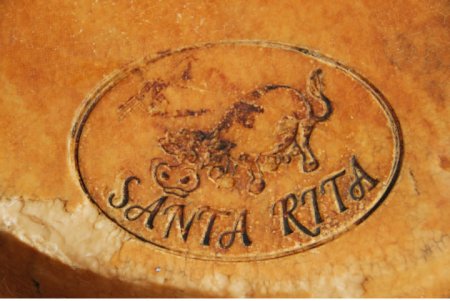
Sign up to be notified by email when I post a new blog
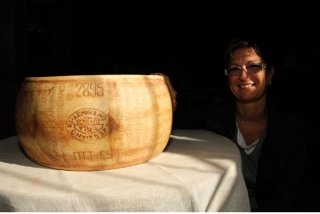
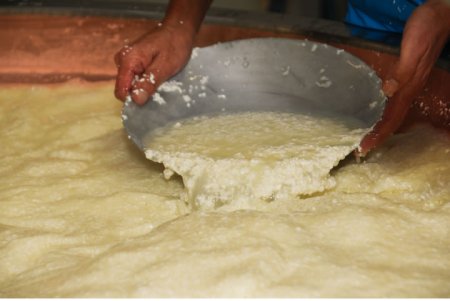
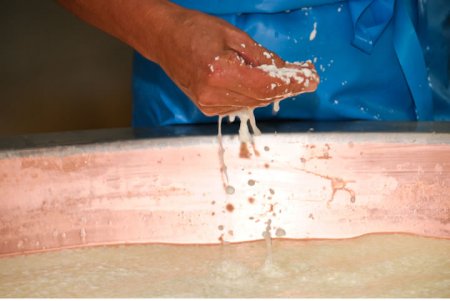
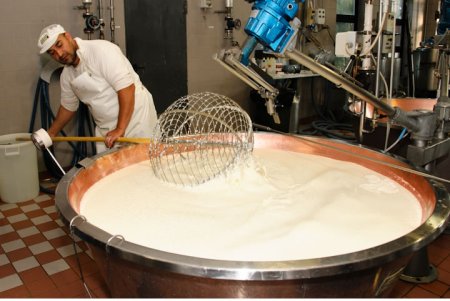
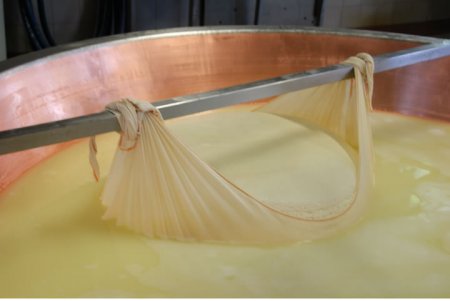
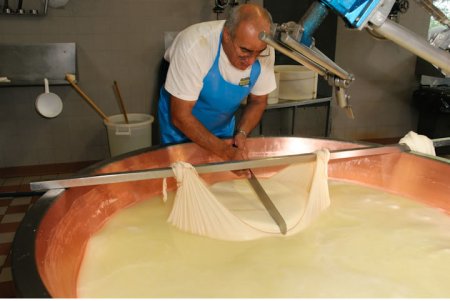
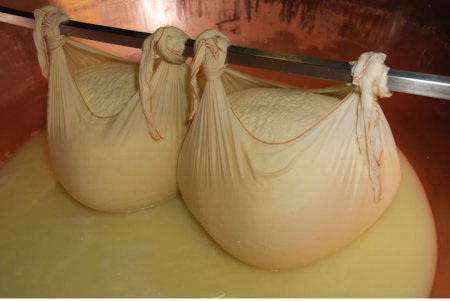
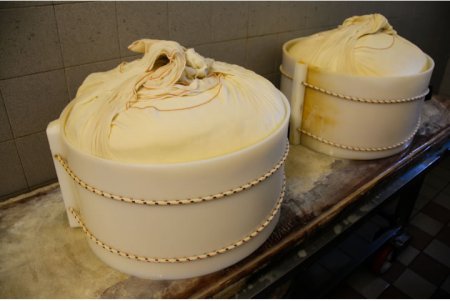
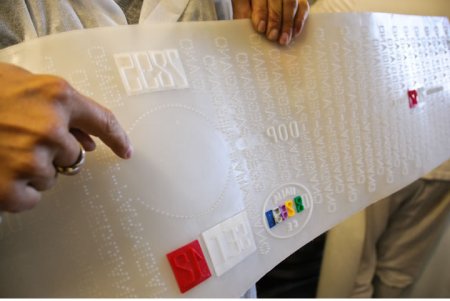
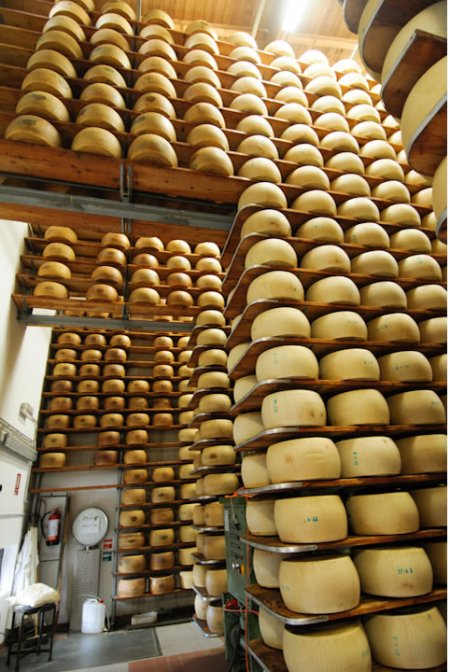
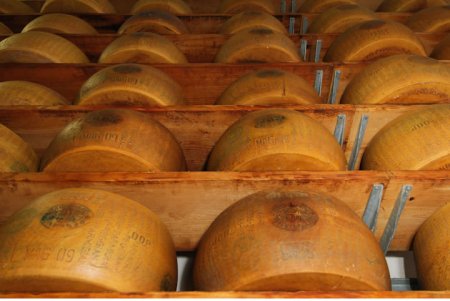
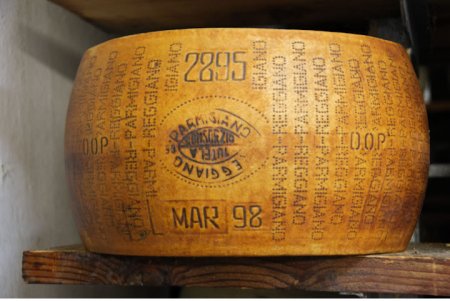
Hi Ann, Coincidentally we just returned home from a wonderful two week stay in Ravello (including two days on Capri) on the Amalfi Coast with Ray and ChuChu. We actually read your first blog about Italy while we were still there. Lots of wonderful food, including lots of seafood, pastas and amazing pizza – and thankfully lots of stair climbing and wonderful hiking opportunities to balance off the calories. The paths we walked along to reach the other towns, led us by farmers tending their small terraced plots full of olive and lemon trees. In fact, the olive trees also grow wild everywhere. It was chestnut season , with the ensuing Festa della Castagna, – the trees and the ground beneath were full of beautiful chestnuts literally bursting from their casings.
We rented a very basic apartment with a kitchen, so prepared some of our own meals, including roasting those beautiful chestnuts. Yes, we always had delicious Parmigiano on hand, although I’m not sure of its origin. We love Pecorino Romano, a sheep’s cheese, and was surprised that it just wasn’t anywhere to be found in such a mountainous region where it would be a challenge to raise cows, but where we often saw sheep and goats. Looking forward to more of your Italian discoveries and musings.
How nice to hear from you, Sue. Your trip sounds wonderful — I’d love to explore that part of the country sometime. Did you happen to learn a trick for peeling roasted chestnuts while you were there? I just did a batch here this afternoon (to use in a recipe), and my fingertips are sore from trying to get the blasted shells and skins off.